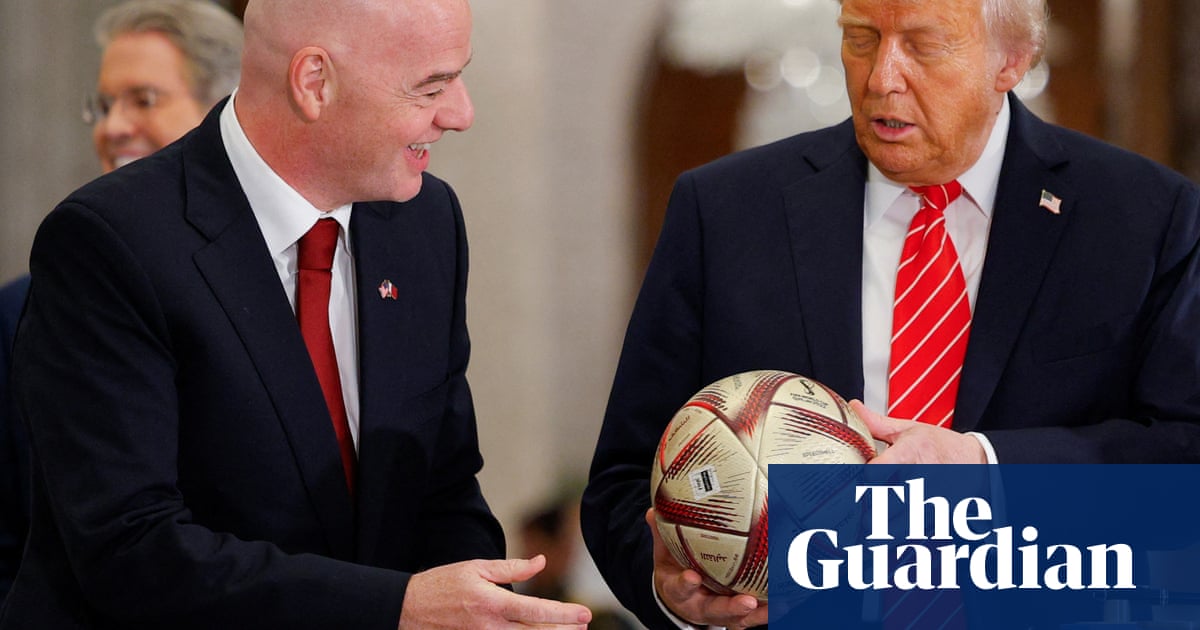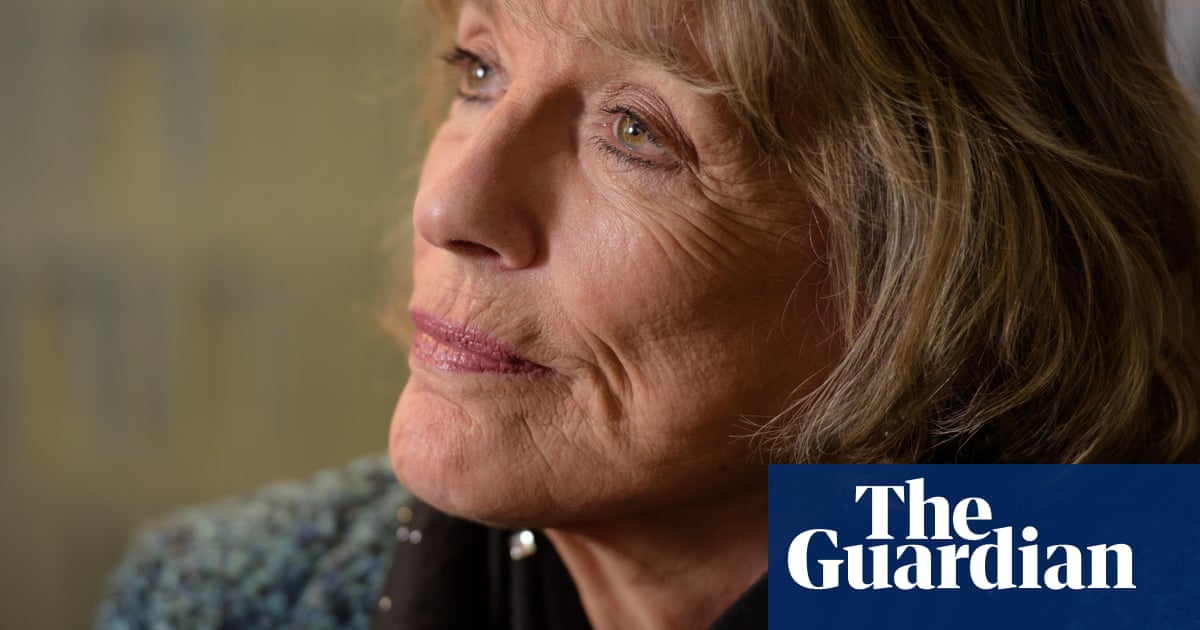Not for the first time, organisers of the Cannes film festival, the ritziest and most photographed in the industry’s calendar, have decreed that various outfits will not be allowed on the red carpet this year.
An official statement released earlier this week stated that for “decency reasons” there will be “no naked dressing” – and no oversized outfits either – “in particular those with a large train that hinder the proper flow of traffic of guests and complicate seating in the theatre”.
Encouraged instead are cocktail and black dresses, and – perhaps with US guests in mind – “a dark-coloured pantsuit”. After some back and forth over high-heeled shoes in recent years, anything goes, as long as they are “elegant”. As for the men, it’s simply tuxedos or dark suits.
While the rules only apply to those attending evening screenings at the Grand Théâtre Lumière, five days into the 12-day festival, it became clear that the memo had not reached every suite at the Carlton. Halle Berry, Eva Longoria and Heidi Klum all arrived wearing gowns of some girth, while a handful of lesser known names – Miss Universe 2016, Iris Mittenaere, the makeup artist Meredith Duxbury and the actor Blanca Blanco – revealed a bounty of flesh that arguably broke the code. As for the men, Jeremy Strong, a member of the jury, flouted rules by wearing a hot peach tux.
Barely there gowns have been titillating Cannes since the 1970s. Blame the weather or fashion or both, but who could forget Jane Birkin’s hip-slit gown in 1974, or 2024 when Bella Hadid flashed her nipples in a Saint Laurent gown in sheer chocolate organza. Or indeed Madonna, who wore Jean Paul Gaultier underwear in 1991.
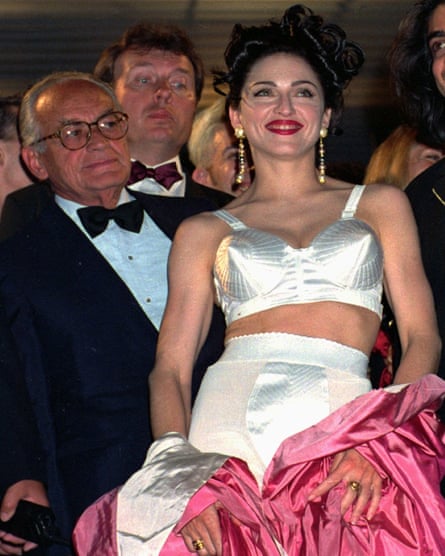
For a trend that carries an awful lot of subtext for something that involves very little material, it has become a lightning rod over the continued policing of women’s bodies in the public sphere. “If fashion can be a mechanism of social control, it also offers a means of transgression and empowerment,” writes Einav Rabinovitch-Fox in Dressed for Freedom, which claims, among other things, that women have the right to reclaim their own sexuality through sexy clothes.
Natasha Walter, the feminist and author of Living Dolls, is not a fan of the whole naked trend, which she says “bolsters objectification and hyper-sexualisation of women in the public eye”. But equally, she feels banning it is counterproductive. “It’s like school uniforms for girls. The tiny skirt becomes an act of rebellion.”
The diktat has been seen wildly at odds with the festival itself, which has little or no rules about the amount of nudity on screen, and suggests that while it is acceptable for women to strip off for the sake of art, when it comes to doing the same thing on her own terms, it somehow contravenes good taste. Also: what about the men?
“It does feel like a backward step,” says Walter. Concern that the red carpet might divert attention away from the film is also at odds with its very existence, which is primarily as a photo call. “We are in a cultural moment where we talk about freedom but what you get is that it falls back into what looks suspiciously like objectification.”
Walter says that while there are lots of actors who do not buy into the fashion side of things – and therefore do not get our attention – speaking more broadly, “there is an uncertainty about how women should be seen in the public eye” and that regulations over what they wear is simply “another push towards the conservative”.
More straightforwardly controversial is the rule surrounding big dresses. “Saying what [women] can’t do won’t solve the issue [because it] suggests that the only way women can get our attention is by wearing huge clothes,” Walter says. It simply boosts the idea that “women are not appreciated for their talent so they feel the need to take up space in other ways”.
Who tested the new rules?
Heidi Klum
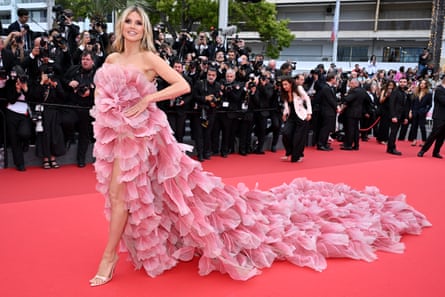
No one knows why the former Victoria’s Secret Angel, reality fashion competition host and model-who-once-dressed-as-a-7ft-worm-for-Halloween goes to Cannes, but we are where we are. Here she is in a pink organza-tripping hazard of a gown by Elie Saab, cut to mimic floral petals, which manages to partly flout the nudity ban too.
Taking up space factor 9/10
Modesty factor 7/10
Halle Berry

“I’m not going to break the rules,” said jury member Halle Berry shortly before breaking said rules with a giant pink gingham and black choux-bun of a dress by the Greek designer Celia Kritharioti, which said trad wife upfront and divorcee at the back.
Taking up space factor 8/10
Hofit Golan
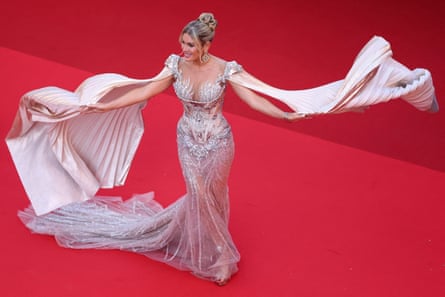
What if I told you The Real Housewives of Dubai star and three-time Forbes influencer of the year Hofit Golan’s back-corseted cape dress was actually a Vietnamese wedding dress?
Taking up space factor 6/10
Jeremy Strong
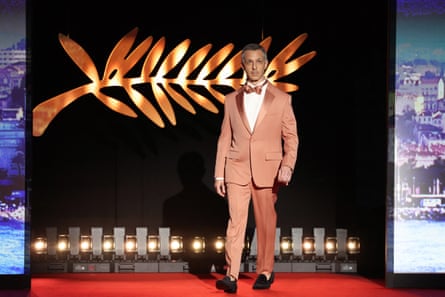
Another delightfully unhinged take on formalwear – a peachy coloured Loro Piana tux – for the eldest boy on the jury, Jeremy Strong, who used his platform to criticise Trump’s planned tariffs on foreign film while wearing a £250,000 watch and a bare ankle. Ah Cannes, never change.
Modesty factor 9/10

 7 hours ago
5
7 hours ago
5






